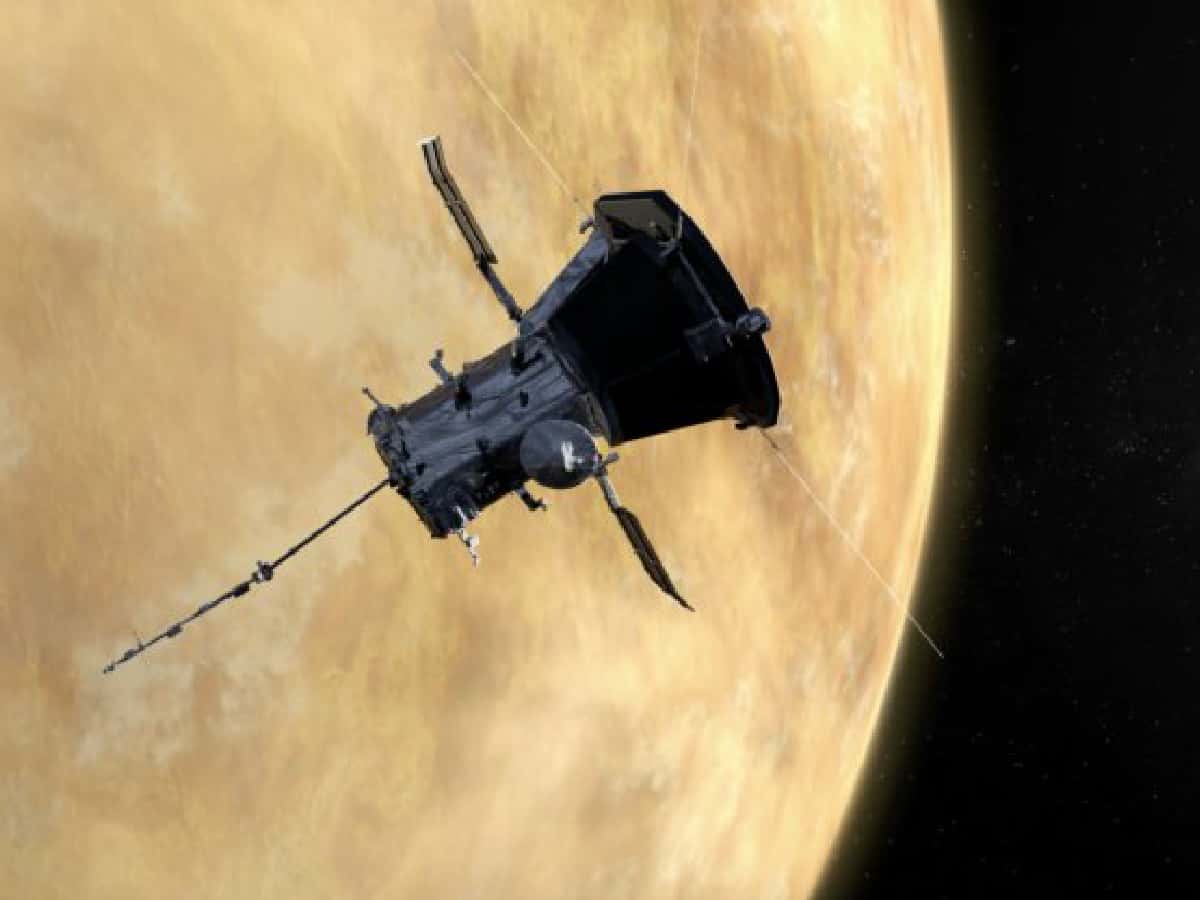
Washington: NASA’s Parker Solar Probe has successfully completed its sixth Venus flyby using the planet’s gravity to aim toward a record-setting series of flights around the Sun that start next month.
On August 21, just before 8:03 a.m. EDT, Parker Solar Probe zoomed past Venus moving approximately more than 24 km per second.
The spacecraft passed 4,003 km above the Venusian surface as it curved around the planet toward the inner solar system.
“Parker Solar Probe remains on track to make its closest flybys yet of the Sun,” said Nick Pinkine, Parker Solar Probe mission operations manager from the Johns Hopkins Applied Physics Laboratory (APL) in Maryland.
“Parker’s success is a tribute to the entire mission team, but I’m especially proud of the mission operators and the job they’ve done over the past five years to ensure the flawless operation of this incredible, history-making spacecraft,” Pinkine added.
Venus gravity assists are essential to guiding Parker Solar Probe progressively closer to the Sun; the spacecraft relies on the planet to reduce its orbital energy, which in turn allows it to travel closer to the Sun — where, since 2018, it has been exploring the origins and unlocking the secrets of the solar wind and other properties of the near-Sun environment at their source.
This was the Parker mission’s sixth of seven planned Venus gravity assists. This week’s flyby served as an orbit manoeuvre applying a velocity change — called “delta-V” — on Parker Solar Probe, reducing its orbital speed by about 9,547 km per hour.
The manoeuver changed the spacecraft’s orbit and set Parker Solar Probe up for its next five close passes by the Sun, the first of which will occur on September 27.
On each close approach (known as perihelion), Parker Solar Probe will set or match its own speed and distance records when it comes to within just 7.3 million kilometres from the solar surface, while moving close to 394,800 miles per hour.
Launched in 2018, the Parker Solar Probe, aims to explore the mysteries of the Sun.
The primary science goals for the mission are to trace the flow of energy and understand the heating of the solar corona and to explore what accelerates the solar wind. Parker Solar Probe also provides a statistical survey of the outer corona.

